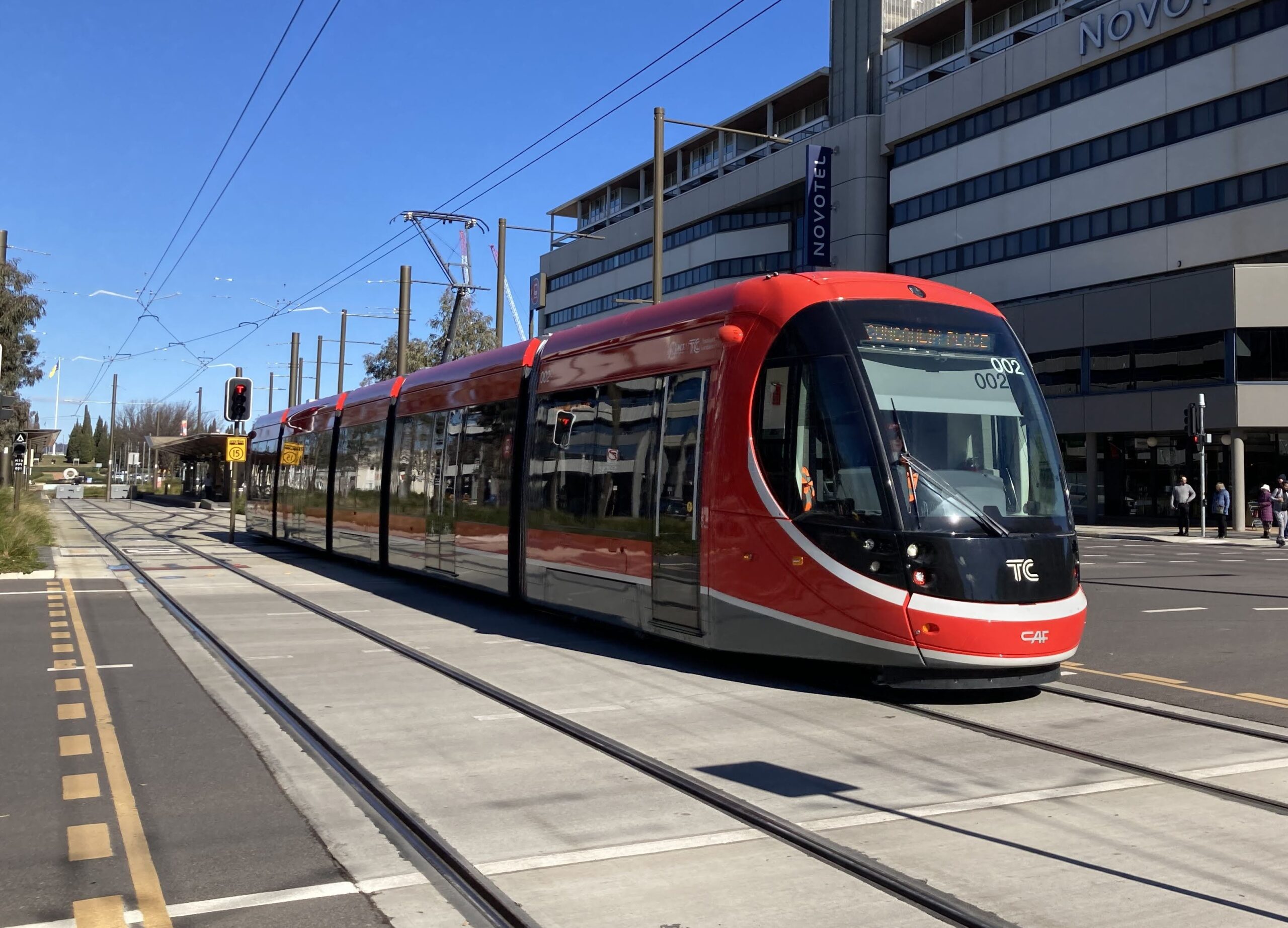Canberra’s Light Rail System
Canberra, the capital city of Australia, has a relatively small population of just over 400,000 people. Despite its size, the city has a light rail system that has been operational since April 2019. The system, known as the Canberra Metro, connects some of the city’s northern suburbs with the central business district (CBD) and soon, the southern suburbs.
The Canberra Metro is a modern, low-floor light rail system that runs on a 12-kilometer track. The track starts at Gungahlin, in the north, and runs south to the CBD . The system has 13 stops along the route, including the major shopping centers of Gungahlin, Dickson, and the City Centre
One of the main objectives of the Canberra Metro is to provide a sustainable and efficient mode of public transport. The light rail system is powered by electricity, which reduces greenhouse gas emissions and air pollution. The trams also have a low noise level, which minimises noise pollution. The Canberra Metro has been designed to be fully accessible to people with disabilities. These features include the previously mentioned low-floor trams and also ramps and wheelchair spaces.
Depending on who you ask, the Canberra Metro has been a popular addition to the city’s public transport network since its launch (**lets face it the light rail has a divided opinion on its value and implementation). According to the ACT government, the system has carried over five million passengers in its first year of operation. The light rail system has also helped to reduce congestion on the city’s roads, particularly during peak hours. The ACT government has stated that the light rail has increased public transport usage in the city by 20 percent.
The Canberra Metro has also had a positive impact on the city’s economy. The light rail system has created jobs during construction and operation, and has stimulated new developments along the route. The ACT government has estimated that the light rail has contributed over AUD 1 billion to the city’s economy.
One of the criticisms of the Canberra Metro has been the cost of construction. The project was initially estimated to cost AUD 614 million, but the final cost was over AUD 1 billion. However, the ACT government has defended the cost, stating that the light rail system is a long-term investment in the city’s future.
The Canberra Metro has also faced some operational challenges since its launch. In 2020, the system was closed for several months due to the COVID-19 pandemic, which had a significant impact on passenger numbers. The light rail has also experienced some technical issues, such as broken overhead wires and tram breakdowns.
Overall, the Canberra Metro has been a significant addition to the city’s public transport network. The light rail system has provided a sustainable and efficient mode of transport, which has helped to reduce congestion on the city’s roads. The Canberra Metro has also had a positive impact on the city’s economy, creating jobs and stimulating development. While the light rail system has faced some challenges, it remains an important investment in the city’s future.
